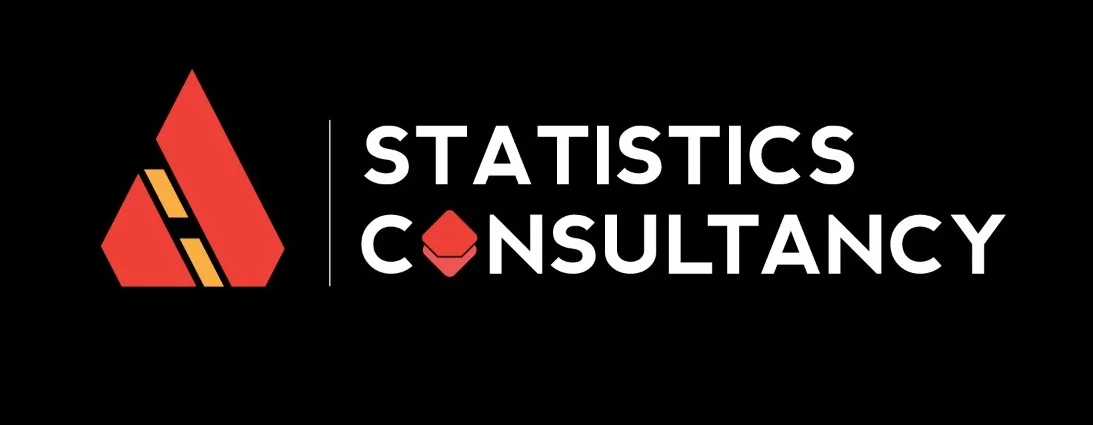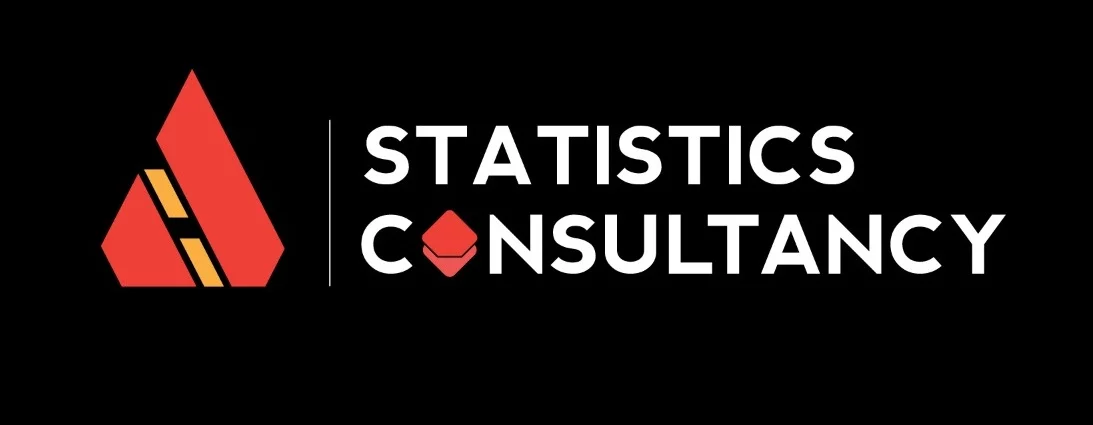
Numerous statistical operations can be carried out using statistical data analysis. This type of quantitative research typically involves some sort of statistical analysis and aims to quantify the data. It is a survey-based analysis method that aids market research in figuring out how consumers value specific features, functions, and benefits that make up a particular good or service.
Introduction:
Fundamentally, statistics is a science that involves data gathering, data validation, and data interpretation. Statistical data analysis is the process of employing a variety of statistical processes. It fits within the area of quantitative research, which employs statistical analysis of some kind to attempt to quantify the data. Quantitative data includes descriptive data, such as surveys and observational data. Competitive statistical analysis and market research: Product managers learn about customers’ demands and market trends through market research. Market research’s subcategory is competitive statistical. There are many tools and methodologies for data analysis available on the market, each with its own set of capabilities. The type of analysis performed and the data used should always guide the tool selection.
Data analysis techniques:
Regression Analysis:
Regression Analysis is a group of statistical methods that examine the relationship between multiple variables. The objective is to understand how changes in independent variables affect the dependent variable.
Regression analysis can be divided into two primary categories: linear and multiple. Linear regression uses a single independent variable to predict the dependent variable, while multiple regression uses two or more independent variables.
For instance, a retail store could use regression analysis to understand the impact of advertising on customer foot traffic. The amount spent on advertising would be the independent variable, and the number of customers would be the dependent variable. The regression curve would show the relationship between these two variables.
Analysis of Variance (ANOVA) Test:
Analysis of Variance (ANOVA) Test is often used with regression analysis to examine the effect of independent variables on the dependent variable. It compares multiple groups to identify relationships between them, such as the impact of different types of advertising on consumer responses.
Conjoint Analysis:
Conjoint Analysis is a survey-based method used in market research to understand how consumers value various product or service attributes. Respondents are presented with a set of possible products or services, and their choices are analyzed to determine the implicit evaluation of each attribute. The results are used to predict market share, income, and the success of new designs.
The conjoint analysis aims to shed light on the reasoning behind complex consumer choices. By asking respondents to make trade-offs as they would in real life, it provides insight into their decision-making process. If you need assistance with survey-based analysis, you can reach out for professional help with statistical data analysis.
The T-Test:
The T-Test is a statistical method used to compare two sets of data to determine if there is a significant difference between their means. This test is often used to test hypotheses, such as whether the mean height of males is different from the mean height of females. To perform a t-test, you need three pieces of information: the mean difference between the two data sets, the standard deviation of each group, and the number of values in each data set.
Professional help with statistical data analysis can ensure an accurate t-test.
Descriptive Analysis:
The descriptive analysis involves analyzing historical data and key performance indicators to evaluate past performance and predict future trends.
Dispersion Analysis:
Dispersion analysis focuses on the spread of the data set and helps identify the factor of variability under study.
Factor Analysis:
Factor analysis is a method used to examine the relationship between multiple variables and identify factors or variables that describe the pattern of relationships among the original variables.
Data Analysis Tools:
Data analysis tools are widely available, each with its unique features. The selection of a tool should depend on the type of analysis and data being used. Some popular data analysis tools include Tableau, Power BI, and R & Python.
- Tableau, a business intelligence tool, is designed for individual data analysis and has a user-friendly approach to data representation using pivot tables and charts. It also has data-cleaning capabilities and robust analytical functions.
- Power BI, initially a plugin for Excel, has evolved into a powerful data analysis tool with three different versions. It includes a power pivot and the DAX language for advanced analytics, similar to writing Excel formulas. Online Statistical Analyses Services assist with the management of different data analysis tools.
- R & Python are flexible programming languages, with R being used for statistical analysis such as regression analysis, normal distribution, and cluster classification algorithms. It can also perform predictive analysis of customer behavior, spending patterns, and preferred items based on their browsing history. It includes concepts of machine learning and artificial intelligence.
SAS:
The SAS language is a powerful tool for analyzing and manipulating data, allowing for easy access to information from a variety of sources. Its suite of customer profiling products for web, social media, and marketing analytics is extensive and can be used to predict behaviors, effectively manage communications, and optimize results.
Conclusion:
Our main area of expertise is statistical consultation for dissertations. Furthermore, it is crucial for many industries and presents those in need with a wide range of opportunities. Statistical Analysis and Consulting Services are well-liked and used in every aspect of society because they guarantee an organization’s proper and effective operation.

